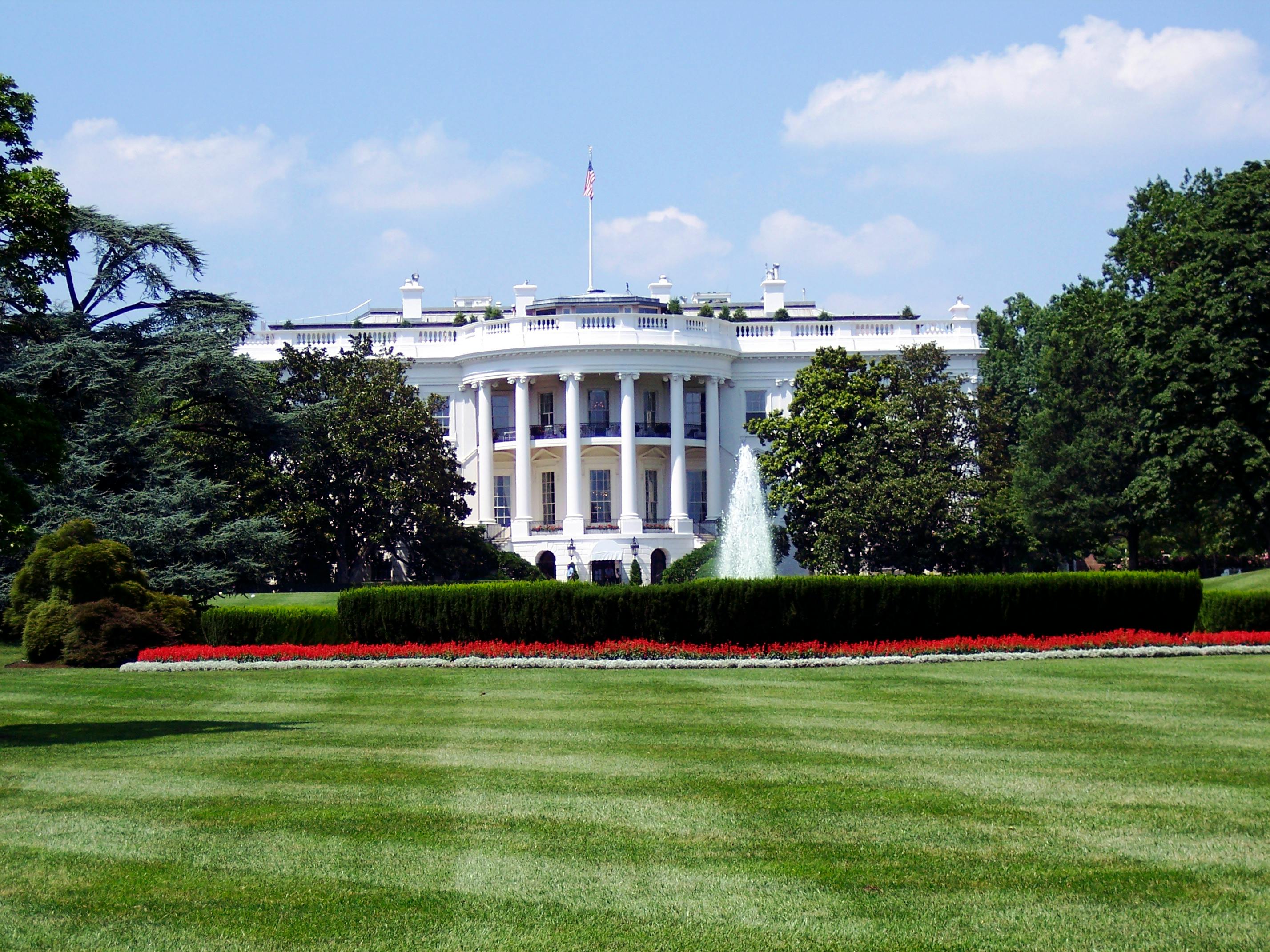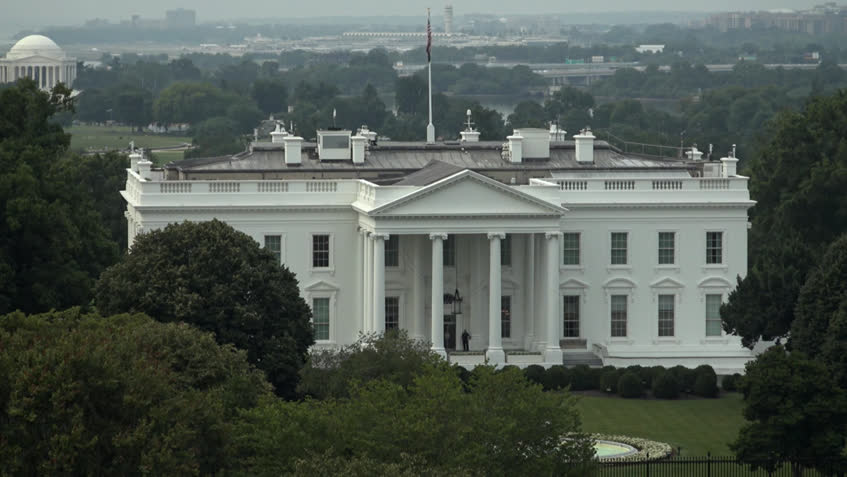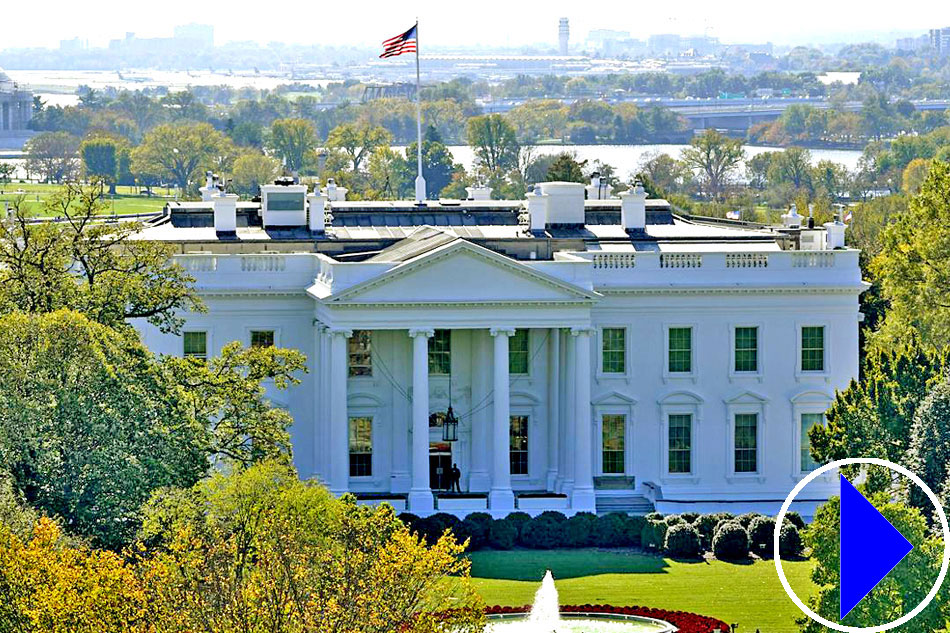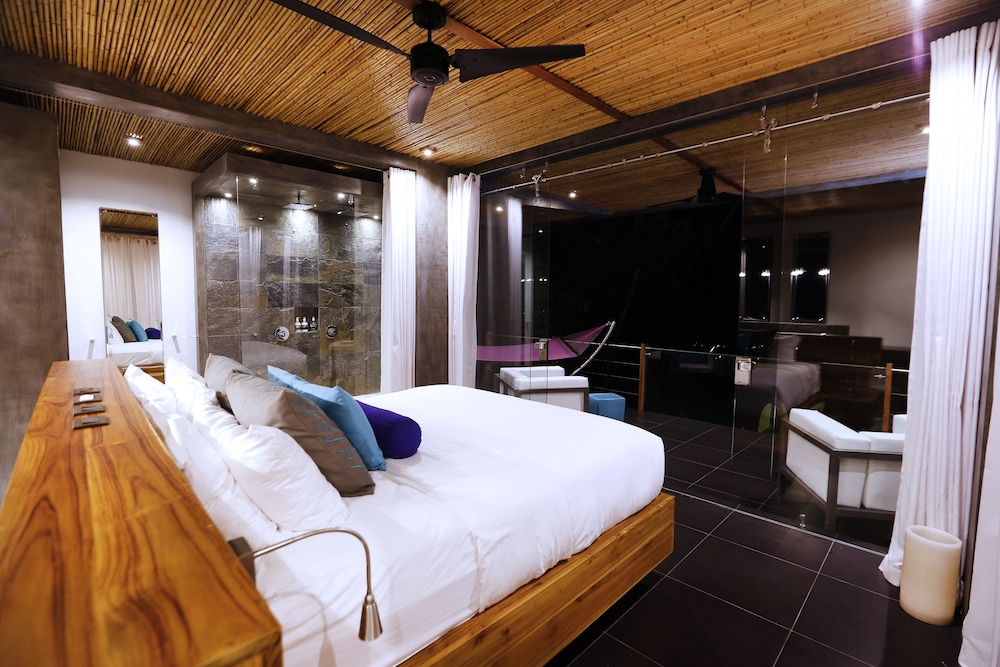Table Of Content

As the name suggests, tea is the raison d'être here, and the selection is comprehensive. From apple strudel and samosas to feijoada and plov (a buttery rice dish studded with chickpeas, dried fruit and grilled beef), the menu reads like a world explorer's diary. Naturally, tea time and afternoon tea are reason alone to visit, and the dessert selection is particularly tempting. Once here, they were repositioned together by Victor, who was visiting to help with construction. Inside the Teahouse are eight large, intricately carved white plaster panels, designed and executed by Kodir Rakhimov, whose contemporary oil paintings are framed by this art of Persian antiquity. When Mayor Maksud Ikramov of Dushanbe, Tajikistan visited Boulder in 1987, he announced the gift of a teahouse to celebrate the establishment of the sister cities.
The Painted & Carved Ceiling
Xcel to pay Boulder $3.6M to clean up chemicals at Dushanbe Teahouse site - The Denver Post
Xcel to pay Boulder $3.6M to clean up chemicals at Dushanbe Teahouse site.
Posted: Thu, 07 Dec 2017 08:00:00 GMT [source]
The poem is notable for deep content and social sense, as well as rich composition and prominent poetic value. In addition to the funds received from lease payments, the city benefits by having a unique tenant able to provide culturally responsible management and operation of the teahouse. Approximately two-thirds of the annual lease payments are then used for major maintenance and improvements for aesthetic aspects of the building, which frees Three Leaf Concepts from having to reinvest in pricey upkeep costs. SARA STEWART MARTINELLIOwner, Director of Marketing & Communications, Clinical Herbalist, Professional Tea BlenderSara has a degree from the University of Colorado in Anthropology with a focus on ethnobotany and nutrition. She completed a two year program at the Rocky Mountain Center for Botanical Studies in 2002, and is a practicing clinical herbalist.
LENNY & SARA MARTINELLI & GERALD MANNING at Three Leaf Concepts
A message carved in the ceiling reads “artisans of ancient Khojand whose works are magical”. The partnership has been essential to making the teahouse one of the largest tourist attractions in Boulder. Boulder-Dushanbe Sister Cities fostered the project until members helped form the Boulder-Dushanbe Teahouse Trust with other community leaders. This arrangement was in keeping with city government sentiment that taxpayer funds should not be used for the endeavor. The teahouse was erected on city property and opened to the public in 1998."Oral history interview with David Grimm, 2009". Join the Museum of Boulder and The Boulder Dushanbe Teahouse in celebrating the 25th anniversary of this community treasure.
Afternoon Tea
The refined custom of afternoon tea is a wonderful way to take a respite from the hectic pace of today’s busy world. Afternoon Tea is a wonderful way to spend an afternoon with a cherished friend, or beloved child or parent. Special events will seem even more special when celebrated with this long standing ritual of sharing friendship, love, and delicious tea and pastries. At The Teahouse, there is a 4% Kitchen & Farmer Living Wage Surcharge added to each Guest check to address the growing wage disparity among restaurant team members. This fee goes directly to our hardworking and creative kitchen staff.
Both cities are about the same size, share the same latitude and have similar topography. The establishment of sister cities was a grassroots effort to connect people across cultures. A time for people to gather and talk over warm cups of tea, the Teahouse was a fitting gift to the city of Boulder. Forty Tajik artisans hand-made the teahouse over a period of two years, took it apart, and then packed the pieces into about 200 crates to be shipped to Boulder.
Always hoping to honor and highlight the creative and historic culture of Tajikistan and the Persian Empire, the Teahouse displays some traditional clothing, artifacts, and photos. From November to late January, 275,000 lights illuminate Boulder’s Central Park in front of the teahouse. Because this is a municipal building, it is open to the public, so you may pop in to admire the building without dining here. However, please be considerate of those enjoying their tea and meals in such a peaceful setting.
The Story of the Teahouse
This hand-built gift from Dushanbe, Boulder's sister city in Tajikistan, offers a respite from quotidian life. Walk through the front garden and you'll be instantly transported to a zen-filled, magical space. If the bucolic setting doesn't lower your blood pressure, the stunning interior that transports you to a faraway culture will.

Bring a book or your journal and let the soothing sounds relax you as you sip tea. The Dushanbe Teahouse is a natural draw for Boulder residents and tourists alike. Follow along on social media (@boulderteahouse) to learn more about the historic Teahouse and ongoing events. And come inside to gather and connect with others, just like the people of Tajikistan intended many years ago. GERALD MANNINGPartner, Director of OperationsJerry Manning has been an integral force behind the success and growth of Three Leaf Concepts. Starting over 20 years ago at the Teahouse, Jerry spent some time working and managing at the restaurant at The Hotel Boulderado.
ColorFul Ceramic Panels
Unity of hearts and generations: The Boulder Dushanbe Teahouse Tajikistan News ASIA-Plus - ASIA-Plus
Unity of hearts and generations: The Boulder Dushanbe Teahouse Tajikistan News ASIA-Plus.
Posted: Tue, 30 May 2023 07:00:00 GMT [source]
While in school, Lenny worked in a number of restaurants and purchased his first restaurant, The Naropa Cafe, in 1992. At the cafe, Lenny deepened his knowledge of cooking, and his lifelong appreciation of the ethnic cuisine of other cultures was sparked. In 1998, Lenny and Sara were selected to operate the Boulder Dushanbe Teahouse, a gift to the city of Boulder from their sister city, Dushanbe, Tajikistan. The ornate, handcrafted Teahouse is the largest teahouse in the US, and is one-of-a-kind in the western hemisphere.
The entirety of the interior ceiling is handpainted and delicately carved to create a space that is both magical and airy. Originally crafted and painted in Tajikistan, the Teahouse gets periodic “touch up” from visiting Tajik artists. In his youth, our hero sees portraits of the seven daughters of the continents in a luxurious palace loses his heart to them. Later, when he becomes the Shah of Iran, he sends for the seven women and marries them. He has the renown architect, Shidda, build a palace with seven cupolas, each colored a different color with a corresponding planet.
Take in the sights and smells of the market, have tea or lunch at the teahouse and visit the Boulder Museum of Contemporary Art (BMoCA) next door. An internationally influenced and MICHELIN Guide-recognized menu is available for breakfast, lunch and dinner (and brunch on the weekends). Let your taste buds dance to the tune of a Moroccan Harisa chicken dish, a fragrant Tajikistan plov (rice dish) or a plate of spicy Indonesian peanut noodles. In the center of the teahouse dining room is the Fountain of Seven Beauties, where seven female figures evoke a famous poem by the 12th-century Persian poet Nizami Ganjavi.
This exhibit will follow the evolution of the teahouse, which is the only authentic Persian tea house in North America. On exhibit will be pieces from its earliest days to objects seen by patrons enjoying delicious food and of course distinctive teas. The uniqueness and the cultural importance of the teahouse created the desire for the city to find a thoughtful and sensitive way to manage the structure.
On the proper day of the week, Bahram would dress himself in the appropriate color, and go to visit the wife that corresponded with the day. Each woman would relate to him a story from her native land and praise the attributes of her own color. All the tales are closely related to popular folklore and combine the scientific and philosophical views on the symbolic effects of the colors. The poem inspires honesty, virtue and kindness, while denouncing arrogance, villiany, greediness and treachery. And so, the princesses’ tales serve not only to entertain the Shah, but to ponder life and consider the secrets on the universe and human nature. Kodir carved the ganch during his visit to Boulder, and it took many months to complete the job.
After the panels were installed in the Teahouse, Kodir spent another month and a half perfecting his work. Intricately carved plaster panels, by Kodir Rhakimov, demonstrate the ancient art of Persian Ganch. Kodir’s oil paintings provide an interesting combination of style and era by juxtaposing the contemporary style of Soviet art with the ancient mediums of the Persian Empire.






















